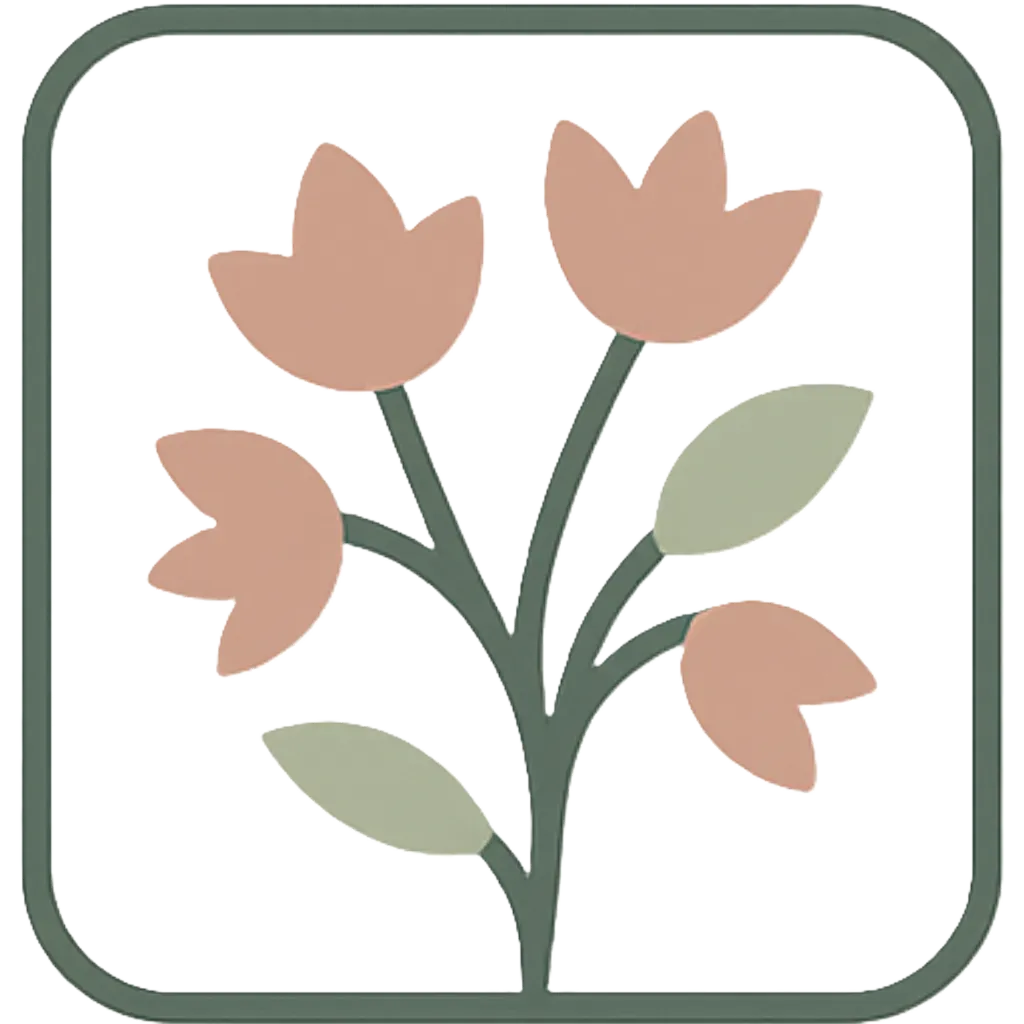Introduction
Hernandia nymphaeifolia is a species of flowering plant in the Hernandiaceae family. It is commonly known as the water poppy or floating fern-leaf. This plant is native to tropical regions, particularly in South America, where it can be found growing in wetlands, swamps, and along riverbanks. Hernandia nymphaeifolia is known for its unique appearance and medicinal properties, making it a popular choice for both ornamental and therapeutic purposes.
Physical Characteristics
Hernandia nymphaeifolia is a small shrub that can grow up to 3 meters in height. It has glossy, dark green leaves that are shaped like fern fronds, hence its common name “floating fern-leaf.” The plant produces small, white flowers that bloom in clusters, adding to its aesthetic appeal. The roots of Hernandia nymphaeifolia are submerged in water, allowing it to thrive in aquatic environments.
Medicinal Uses
In traditional medicine, Hernandia nymphaeifolia has been used to treat a variety of ailments. The plant is believed to have anti-inflammatory, analgesic, and diuretic properties, making it useful in the treatment of conditions such as arthritis, urinary tract infections, and skin disorders. The leaves and roots of Hernandia nymphaeifolia are often brewed into teas or decoctions for medicinal purposes.
Cultural Significance
Hernandia nymphaeifolia holds cultural significance in many indigenous communities where it is native. The plant is often used in rituals and ceremonies, believed to bring luck, protection, and spiritual healing. In some cultures, Hernandia nymphaeifolia is considered a sacred plant, revered for its connection to nature and the spiritual world.
Ecological Importance
Hernandia nymphaeifolia plays a crucial role in the ecosystem as a habitat and food source for various wildlife species. The plant provides shelter for aquatic organisms, such as fish and amphibians, and serves as a nesting site for birds. Additionally, Hernandia nymphaeifolia helps maintain water quality by filtering pollutants and excess nutrients from the water, contributing to the overall health of aquatic ecosystems.
Cultivation and Propagation
Hernandia nymphaeifolia can be cultivated in both aquatic and terrestrial environments, making it a versatile plant for landscaping and gardening. The plant thrives in moist, well-drained soil and requires regular watering to maintain its health. Propagation of Hernandia nymphaeifolia can be done through seeds or cuttings, with proper care and attention to ensure successful growth.
Potential Side Effects
While Hernandia nymphaeifolia is generally considered safe for medicinal and ornamental use, some individuals may experience allergic reactions or side effects when exposed to the plant. It is important to consult with a healthcare professional before using Hernandia nymphaeifolia for therapeutic purposes, especially if you have known allergies or sensitivities to plants in the Hernandiaceae family.
Conclusion
In conclusion, Hernandia nymphaeifolia is a fascinating plant with a rich history of traditional use and cultural significance. Its unique appearance, medicinal properties, and ecological importance make it a valuable addition to any garden or landscape. By understanding the various aspects of Hernandia nymphaeifolia, we can appreciate and utilize this plant in a sustainable and responsible manner.
